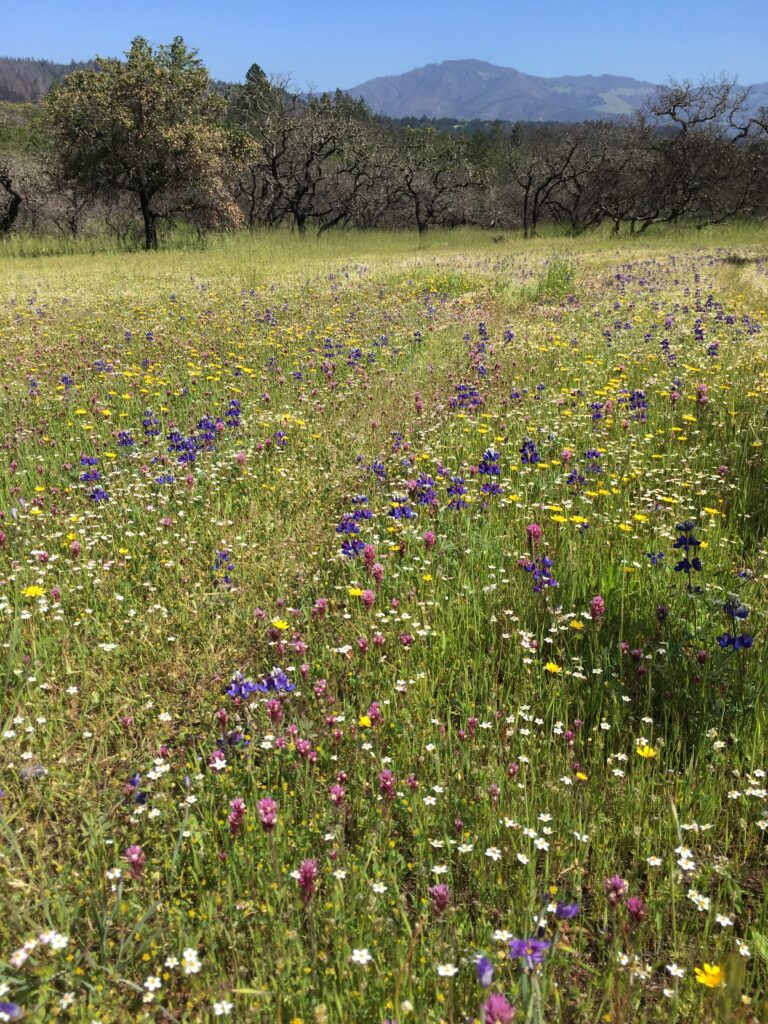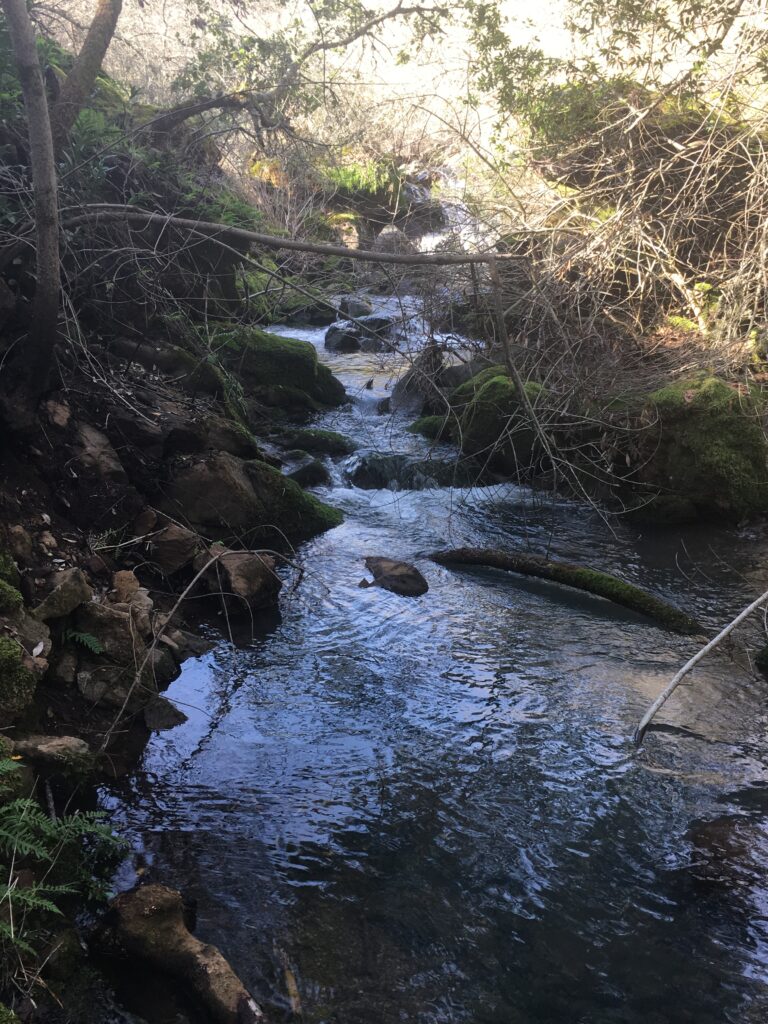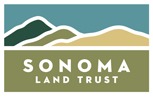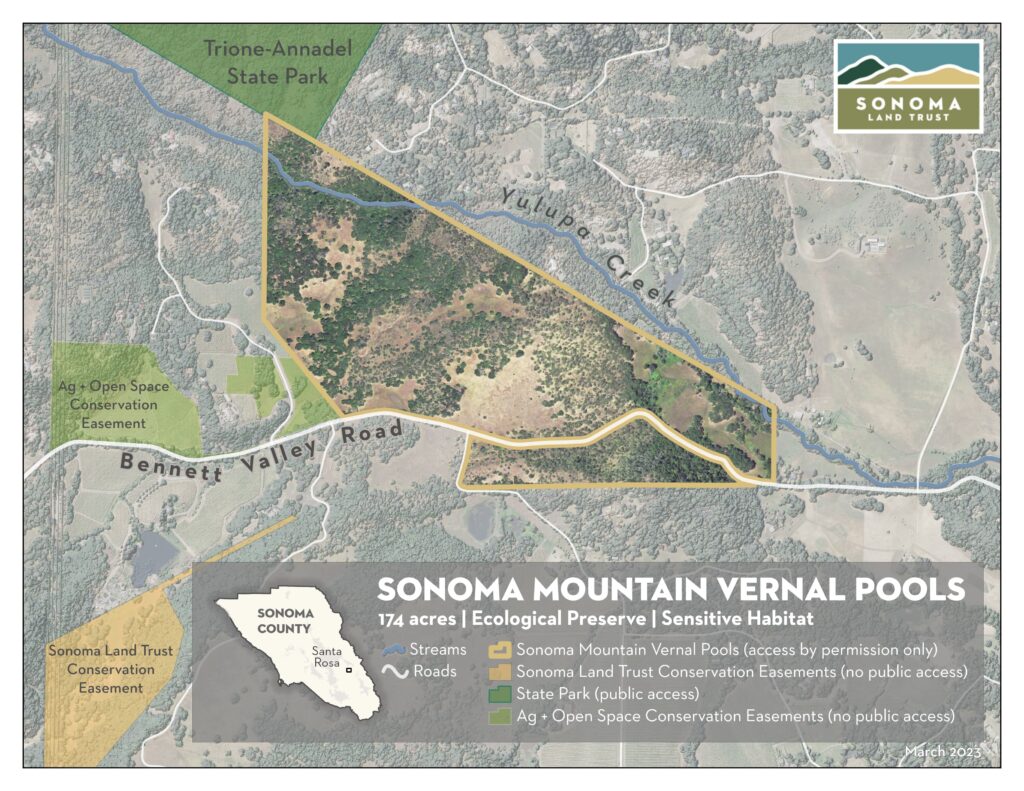Sonoma Mountain Vernal Pools
Property Type
Ecological Preserve
Acreage
174
Protected in
2023
Region
Bennett Valley
Sensitive habitat / Access by Permission
Hábitat delicado / Acceso solamente con permiso
Streams, wetlands and vernal pools, surrounded by lush oak woodlands and sweeping vistas of the Sonoma Creek watershed along Bennett Valley Road between Santa Rosa and Glen Ellen.
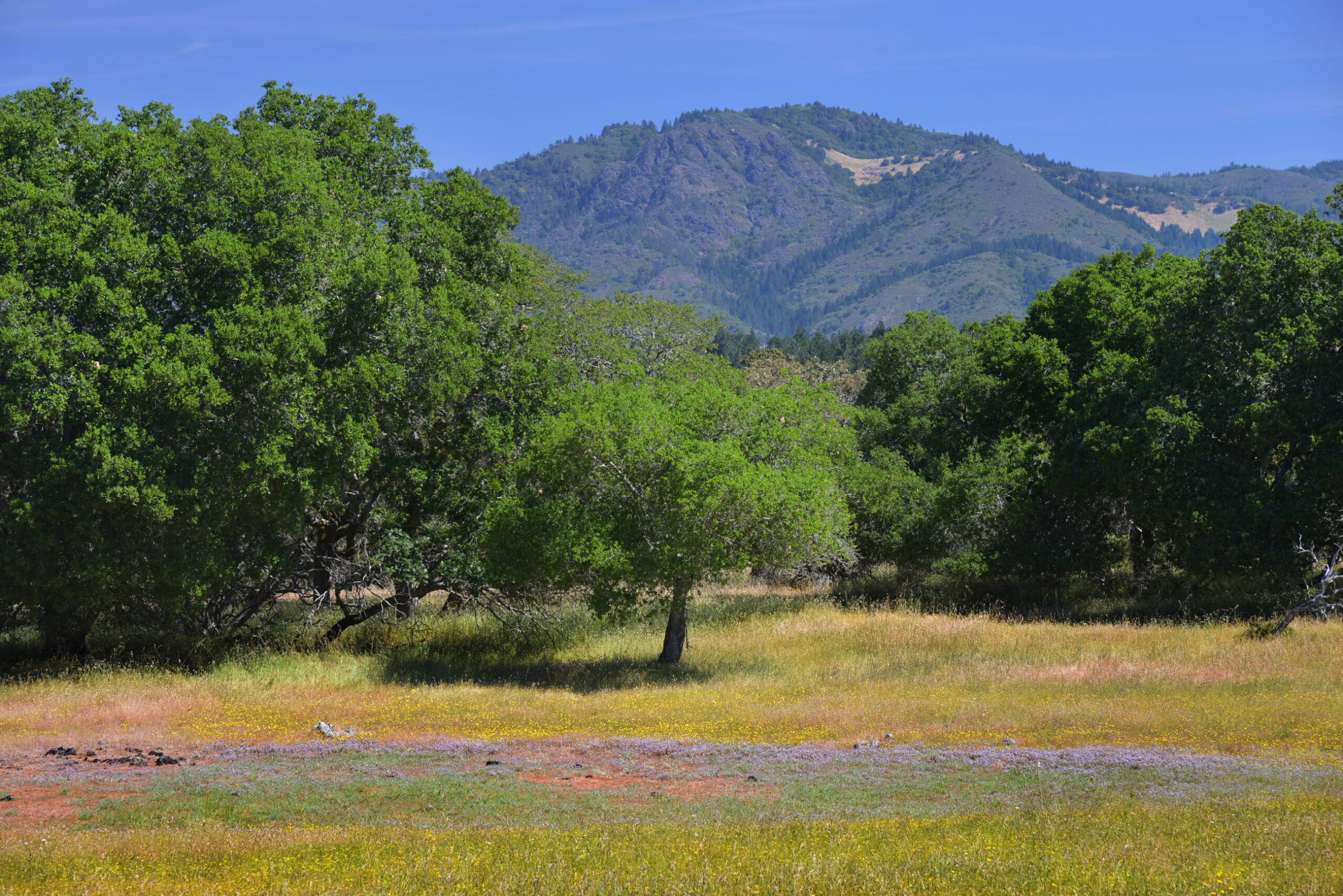
Read the Press Release Here
Location
Glen Ellen, California.
Bennett Valley Road, Adjacent to Trione-Annadel State Park
Natural Features
Conserving the Sonoma Mountain Vernal Pools property protects rare and threatened plant species, seasonal vernal pools, and conserves a significant portion of an important wildlife corridor.
It also ensures the ongoing health of property’s natural features, including mature oak woodlands, intact grasslands, and portions of Yulupa Creek which feeds cold water to the Sonoma Creek, home of steelhead trout and chinook salmon.
Acquisition & Stewardship
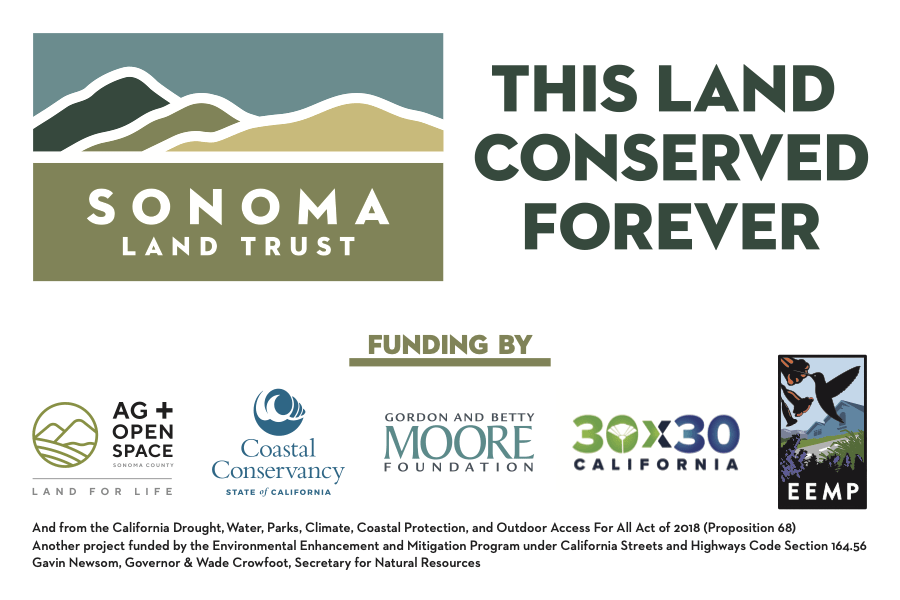
Acquisition: Sonoma Land Trust in partnership with Sonoma County Ag + Open Space purchased the property on March 10, 2023. This purchase was also generously supported by funding from individual donors, the Gordon and Betty Moore Foundation, the State Coastal Conservancy, and the California Natural Resources Agency.
Stewardship: Sonoma Land Trust will own the property and manage it for several years as part of our ecological preserve portfolio with the goal of eventually transferring the property to a public agency.
30×30
This is Sonoma Land Trust’s first land purchase of 2023, and it conserves a healthy, ecologically sensitive habitat, while also contributing to California’s 30×30 goals, the state’s initiative to conserve 30% of its lands and waters by 2030. Currently in Sonoma County, approximately 22% of our lands have been conserved due to the work of land trusts, county and other government agencies, and conservation partners.
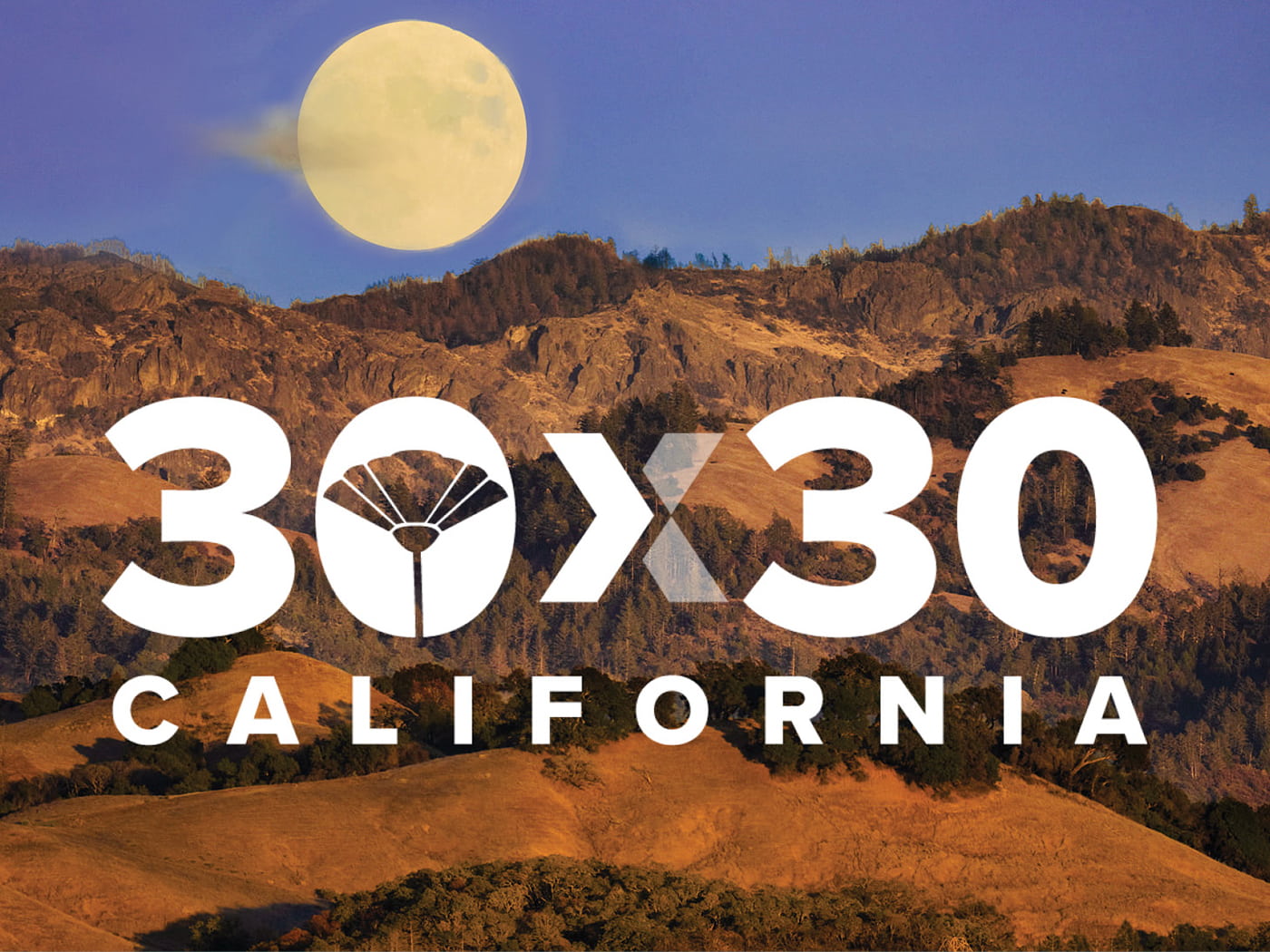
Click here to learn more about 30×30
To reach the goal of conserving 30% of the county by 2030, 78,000 more acres must be protected in the next seven years. Land trust acquisitions and conservation easements are a crucial part of reaching this goal and Sonoma Land Trust’s work towards conserving 30×30 is helping to combat the biodiversity and climate crises.
The opportunity to conserve this property is made possible in part by California’s 30×30 initiative. Sonoma Land Trust is a recipient of critical funding that makes purchases like this one achievable.

Vernal Pools Species: Click/Scan for the Calflora Species Guide for the Vernal Pools

Property Species List: Click/Scan for the Calflora Species Plant Guide
Download our species guide for more information about this property
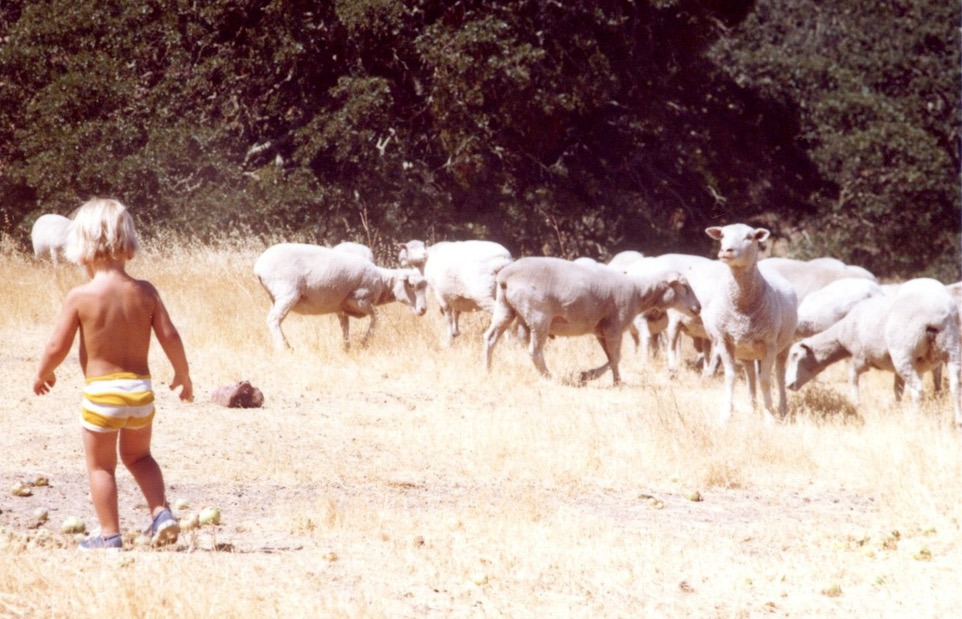
History
In 1959 Benjamin Swig, a noted real estate developer and philanthropist, purchased land along Bennett Valley Road as a weekend and seasonal respite from his busy urban life, saying simply, “I wanted a place to rest.” Eventually, the property was transferred to two sisters, Benjamin’s granddaughters, Patricia Dinner and Carolyn Ferris, and over the past 60 years it has been the central gathering place for five generations and holds some of the family’s most cherished memories and gatherings. These celebrations are rooted in a tradition of honoring the bounty that the land provided, and it was this love for the land that motivated the family to conserve it forever through the transfer to Sonoma Land Trust.
Patricia Dinner, who raised her family on the property, spoke to this reverence for the land when she said, “It saddens me that we are seeing large pristine areas developed by urban sprawl leaving fewer natural, unspoiled spaces. My sister and I are thrilled that our kids have decided to do this and grateful to Sonoma Land Trust for making it happen. Through this transfer, we honor their great-grandfather by protecting the gift he gave them all those years ago.”
“When we sat down to explore options for the property, our first priority was not interfering with the natural habitat and feel of the area,” said Lucas Heldfond, grandson of Benjamin Swig and son of Patricia Dinner. “Working with Sonoma Land Trust has given us the opportunity to continue being responsible stewards and has helped realize our priority for keeping it as open space. They enabled us to meet our financial and tax goals without development, all while returning the land to public use – as it has been for most of time. It is heartening to us all that this land will remain open and will be an integral part of Sonoma Land Trust’s vision for a wildlife corridor that spans from the coast to the mountain ranges.”
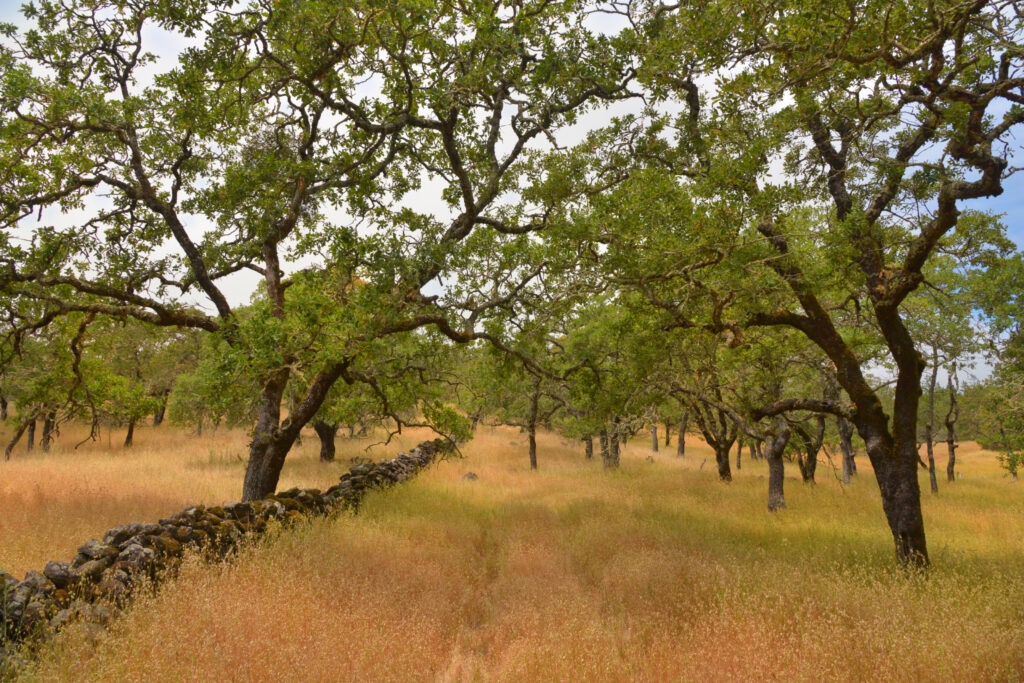
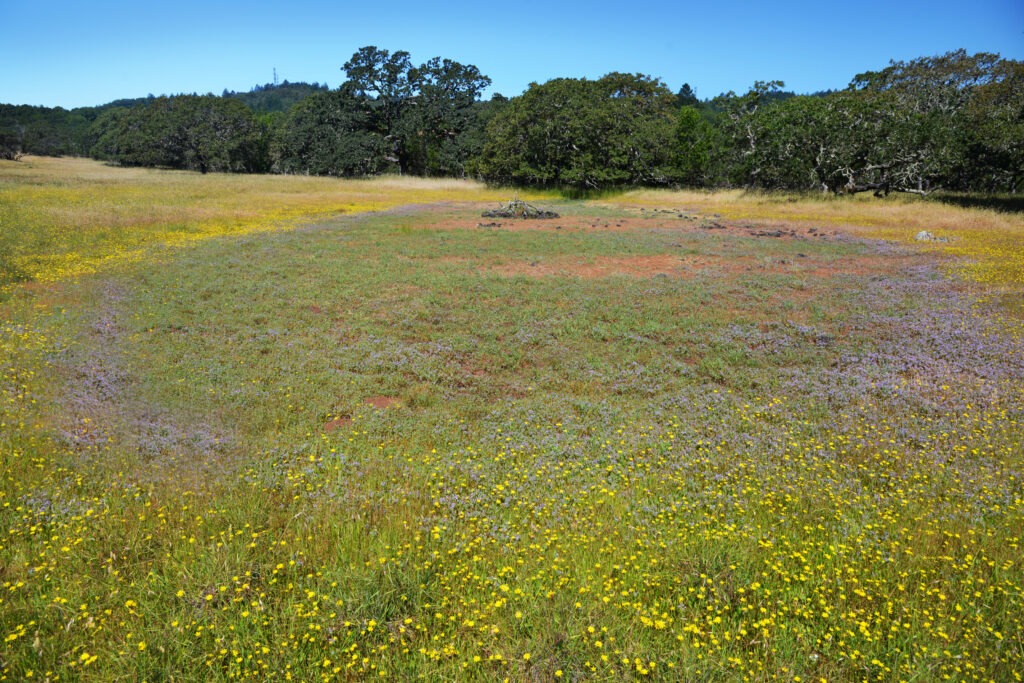
Highlights
- Essential for conservation: Essential to meeting regional biodiversity goals identified in the Conservation Lands Network (CLN) analysis tool. The vernal pools and oak woodlands on the property support documented rare and threatened plant species.
- Regional Wildlife Corridor: A regionally significant wildlife corridor between Sonoma Mountain and Trione-Annadel State Park. This corridor adjoins the Sonoma Valley Wildlife Corridor and the Marin Coast-Blue Ridge Critical Linkage, connecting habitats in Pt. Reyes to the mountains of Napa and Lake Counties.
- Connects our parks: A significant step toward connecting the 6,200 adjacent protected acres around Annadel with over 9,000 protected acres to the south and east on Sonoma Mountain via a new segment of the Bay Area Ridge Trail.
- Riparian corridor and water: Supports recovery of the federally threatened Northern California steelhead by reducing threats to water quality, quantity, and temperature within Yulupa Creek, a tributary of Sonoma Creek.
- Climate resilience and carbon sequestration: Protects varied native vegetation, which has proven a critical component of wildfire resilience. In the 2017 Nuns Fire, portions of the property experienced low intensity burn without significant loss of oak trees, and the habitat and wildlife have since recovered.
